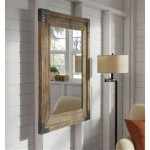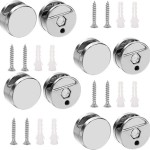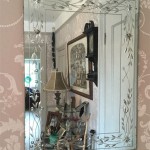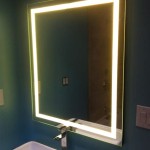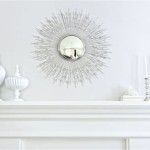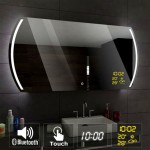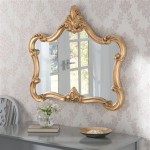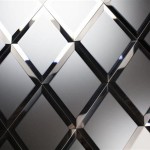Essential Aspects of Custom Cut Mirror Glass
Custom cut mirror glass plays a vital role in various applications, from home decor to industrial uses. Understanding essential aspects of this versatile material is crucial for making informed decisions when it comes to its selection and implementation.
In this article, we will explore the key aspects of custom cut mirror glass, including its types, applications, thickness, edgework options, safety features, and installation considerations. By delving into these aspects, you will gain a comprehensive understanding of what to look for when choosing custom cut mirror glass.
Types of Mirror Glass
There are various types of mirror glass available, each with its unique characteristics. Some common types include:
- Standard Mirror Glass: Clear and reflective, used for general applications like home decor and bathrooms.
- Antiqued Mirror Glass: Distressed finish creates an aged and decorative appearance.
- Tinted Mirror Glass: Adds a touch of color and privacy to any space.
- Safety Mirror Glass: Shatter-resistant, suitable for areas where safety is a concern.
Applications of Custom Cut Mirror Glass
Custom cut mirror glass finds applications in a wide range of settings, including:
- Home Decor: Mirrors for walls, furniture, and decorative pieces.
- Commercial Spaces: Mirrors for retail displays, lobbies, and dressing rooms.
- Industrial Uses: Mirrors for optical equipment, lasers, and surveillance systems.
- Art Installations: Mirrors as part of sculptures, mosaics, and other artistic creations.
Thickness of Mirror Glass
The thickness of mirror glass is crucial as it affects durability and weight. Common thicknesses include:
- 1/8 inch (3 mm): Standard thickness for residential applications.
- 1/4 inch (6 mm): Durable option for heavy-use areas.
- 1/2 inch (12 mm): Extra strength for demanding applications like tabletops and industrial settings.
Edgework Options for Mirror Glass
Edgework adds a touch of style and safety to custom cut mirror glass. Popular edgework options include:
- Flat Polish: Straight and polished edges for a clean and modern look.
- Beveled Edge: Slanted edges create depth and a decorative effect.
- Decorative Edge: Intricate patterns or designs on the edges for an elegant touch.
Safety Features in Mirror Glass
Safety is an important consideration when using mirror glass. Some safety features include:
- Safety Backing: A protective film applied to the back of the glass to prevent shattering and injury in case of breakage.
- Tempered Glass: Heat-treated glass that is stronger and more resistant to impact.
- Laminated Glass: Two layers of glass bonded with an interlayer of plastic for added strength and safety.
Installation Considerations for Mirror Glass
Proper installation is essential for durability and aesthetics. Considerations include:
- Mounting Method: Mirrors can be mounted on the wall, recessed into a frame, or hung using brackets.
- Wall Preparation: The wall should be level and free of imperfections before installing the mirror.
- Safety Precautions: Wear gloves and protective eyewear during installation to prevent cuts or injury.

Where To Buy Mirror Glass Cut Size Doctor

Get Custom Cut Beveled Edge Mirrors Within Five Days

Custom Cut Mirrors To Size Any Shape Clearlight Glass

Custom Cut To Size Clear Glass Mirror City

Custom Mirror City

Silver Small Custom Cut Size Glass Mirror For Makeup Box At Rs 1000 Piece In Thane

Custom Glass Mirrors Of All Types Los Angeles Can Cut Any Size Or Shape Call Today

Custom Mirror 6mm Thick Copper Free Myhomeware

Custom Mirrors Cut Mirror Service In Clearwater

Custom Mirrors Install Or Replace Cut Rate Glass

